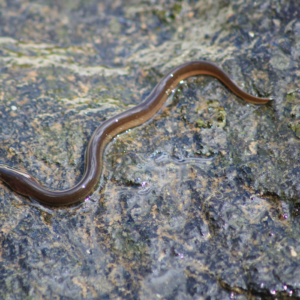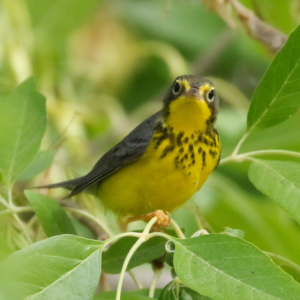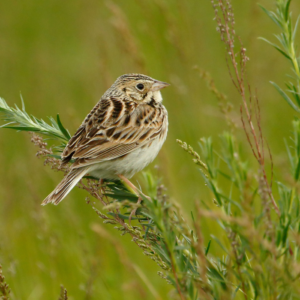American Badger
The American Badger is the only badger species in North America—how fitting that its ears look like earmuffs. Save endangered species today by joining one of our campaigns!
Help End the ExtinctionVital Signs
- Common name: American Badger
- Latin name: Taxidea taxus
- Conservation Status: Endangered
- Range: British Columbia, Saskatchewan, Manitoba, Alberta, Ontario (find a map)
- Lifespan: Average 4-5 years
- Size: Length of 50 to 80 cm, head-to-tail. Weight of 6-12 kg. Males are larger than females
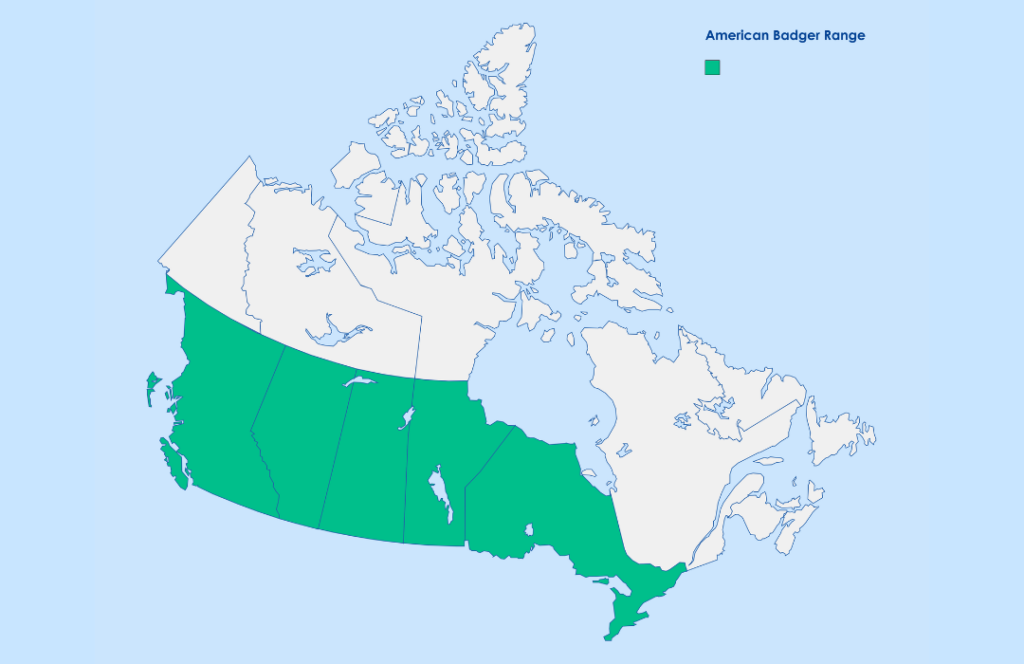
American Badgers can be grey to tawny brown and have distinctive white stripes from their face to their mid-back. They also have fluffy ears, giving them the appearance of wearing ear muffs! American Badgers are short and sturdy, but long in length. Their wide heads are streamlined, and their short front legs have strong claws. This body type is perfect for their digging lifestyle.
American Badger Facts
- Part of Mustelidae (a group of carnivorous, small-to-medium-sized mammals which also includes weasels, ferrets, and wolverines)
- Feeds on small rodents, small birds, eggs, reptiles, amphibians, and large invertebrates
- Is a solitary animal that’s mainly active at night or in the morning.
- Live dens with elaborate tunnel networks and chambers
- Breeds in summer but females delay implantation of the fetus until February. Litters arrive in early spring, then leave the den in June or July to find their own territory
- Although they’re not true hibernators, American Badgers decrease their metabolism and activity level to conserve energy during the coldest months
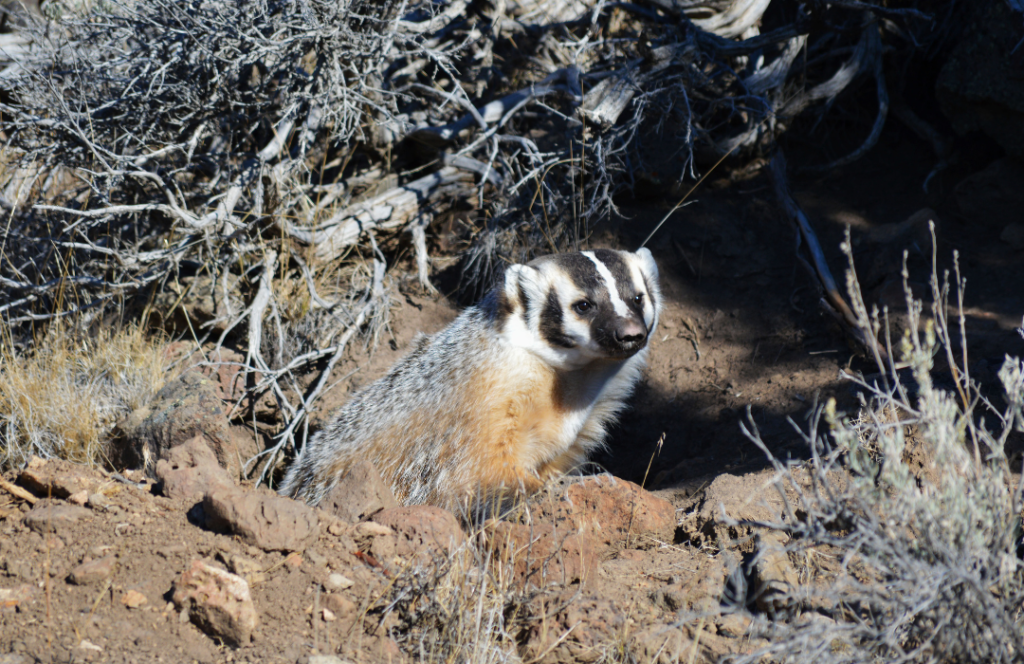
Threats
There are 4 American Badger subspecies (T.t. jacksoni, T.t. jeffersonii [East], T.t. jeffersonii [West], and T.t. taxus). Each lives in a distinct region of Canada, but all of them need grasslands without forest for their habitat.
The biggest threat to the American Badger is agricultural activity and urbanization, which are splitting these habitats. One of the biggest urbanization issues is roads. They cut through American Badger territory and cause the animals to collide with vehicles.
What’s Being Done
Before their conservation status was assessed, all American Badger subspecies were recognized as one. Thus, Canada’s distinct badger populations were not properly addressed. Once subspecies were recognized and distinct statuses were determined, species recovery teams were established to map out badger habitats and threats.
The Jacksoni subspecies of badger is protected by the Ontario Endangered Species Act. This subspecies is also listed under the federal Species at Risk Act as Endangered, and is protected on federal lands.
The Jeffersonii subspecies is also protected under the federal Species at Risk Act. It’s protected on federal lands in BC. BC’s Ministry of Environment lists the American Badger as a “red” species, meaning it’s considered provincially threatened or endangered.
Since habitat loss is a major threat to American Badgers, habitat protection programs have been implemented around known den locations, especially dens used by mother badgers.
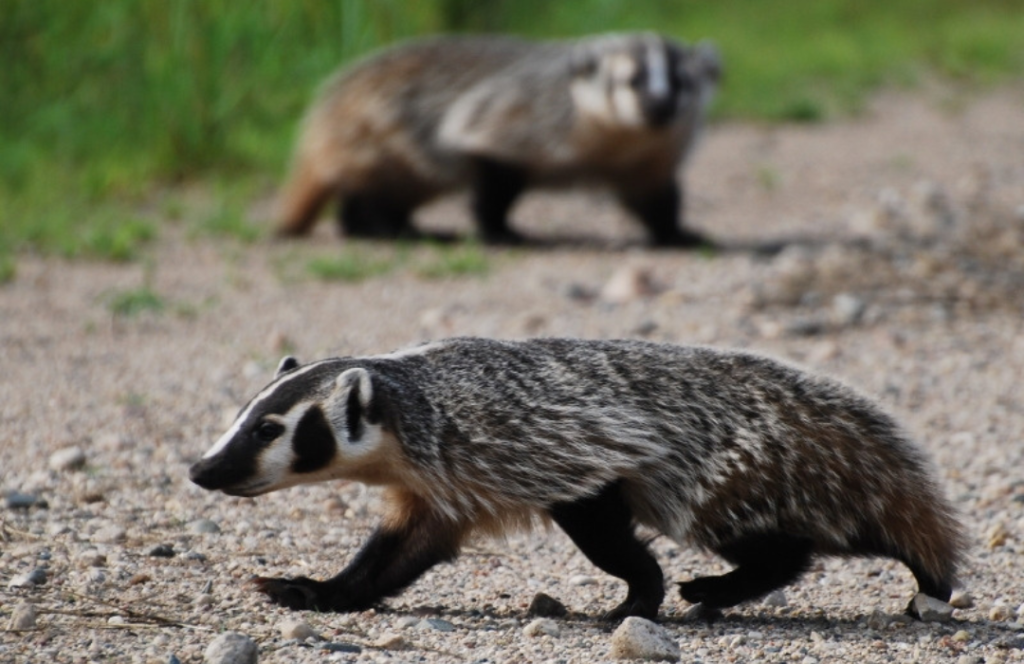
Canada has committed to the goal of protecting 30% of lands, ocean, and freshwater in Canada by 2030. This goal will help protect ecosystems, restore habitats, and fight climate change. All these things are a step in protecting Canada’s at-risk animals—so let’s hold the federal government to their promise.
How To Help
- Report Sightings: The Ontario Ministry of Natural Resources and Forestry provides links on its website to track species at risk.
- Report Illegal Activity: If you’re on protected lands and witness badger trapping, hunting, or other harassment. Use these links to report in the provinces the American Badger occurs:
- Landowners: If you find a badger den on your property, you may be eligible for stewardship protection programs! Get details for Ontario stewardships here.
- Learn: Stay informed about endangered species by signing up for Nature Canada’s monthly e-newsletter.
- Find out more: Help us end the extinction by taking action for nature today—visit conservation websites like Nature Canada or join one of our campaigns!
RESOURCES
- British Columbia – Recovery Strategy for American Badger
- Ministry of the Environment Publications – Reports and References for T.t. taxus
- NH PBS – American Badger
- Ontario – American Badger
- Parks Canada – American Badger (jeffersonii) Species at Risk Public Registry – T.t. jacksoni, T.t. jeffersonii and T.t. taxus

